We all know Ganga as the sacred river of India, but did you know she actually has many names, each with its own epic backstory? Let's dive into three of the most legendary ones: Vishnupadé, Bhāgīrathī, and Jāhnvī.
Why is Ganga called Vishnupadé?
Once, a daitya (demon) king named Bali aspired to become the master of the Triloka (three worlds). To achieve this, he began performing a yajña. To prevent him from completing it, Bhagwan Vishnu descended as Vāmana, the son of Sage Kashyap.
Although a daitya, King Bali was renowned for his generosity and for never sending anyone away empty-handed. Knowing this, Vāmanadev approached his yajña-shālā and requested a piece of land that he could cover in three steps. Everyone, including Bali, assumed the small brahmin boy was naive and unaware of his own limitations.
But Vāmanadev proved them wrong. Expanding into His virāt svarūp (universal form), He extended His left foot to the end of the universe and pierced its covering with the nail of His big toe. Through that opening, the pure waters of the Kāraṇodaka Sāgar (Causal Ocean) entered this universe as the river Ganga. Having washed the lotus feet of Shree Hari, she became known as Vishnupadé, "she who has touched the feet of Vishnu."
Why is Ganga called Bhāgīrathī?
In the Ikshvāku dynasty, King Sagar once performed an Ashwamedha Yajña, releasing a consecrated horse. Indra, watching from heaven, grew insecure, fearing that Sagar's success might threaten his throne in Swargalok. To disrupt the yajña, Indra stole the horse and tied it near Kapil Muni's ashram, who was deep in meditation.
When Sagar's 60,000 sons discovered the horse there, they wrongly accused Kapil Muni of theft and disturbed his meditation. Angered, Kapil Muni reduced them all to ashes with his curse.
For generations, their souls remained unrested. Anshuman, Sagar's grandson, and later King Dilip, Anshuman's son, both attempted to secure their moksha (liberation) but failed. Finally, Dilip's son, Bhagirath, took up the mission. He sought Bhagwan Kapil's guidance, who revealed that the souls could be freed only if their ashes were immersed in the waters of Ganga, requiring her descent from heaven to Earth.
Bhagirath undertook intense tapasya, pleading with Brahmaji to send Ganga down. Brahmaji agreed, but Ganga warned that her mighty descent would shatter the Earth. Bhagirath then prayed to Bhagwan Shiva, who graciously agreed to bear her on His head. When Ganga descended with full force, Shiva trapped her in His matted locks and released her in gentle streams.
Bhagirath led her waters to the ashes of his ancestors, granting them liberation from the cycle of birth and death. In honour of his devotion and effort, the river came to be known as Bhāgīrathī.
Why is Ganga called Jāhnvī?
As Ganga descended to Earth, she flowed with great force and joy, creating turbulence and noise. Along the way, she flooded Jāhnu Rishi's hermitage. Irritated, the Rishi drank all her waters.
Bhagirath, along with the gods, prayed to Jāhnu Rishi to release her so she could complete her sacred mission. Moved by their prayers, Jāhnu Rishi released Ganga from his ear. From that day on, she became known as Jāhnvī, the beloved "daughter of Jāhnu."


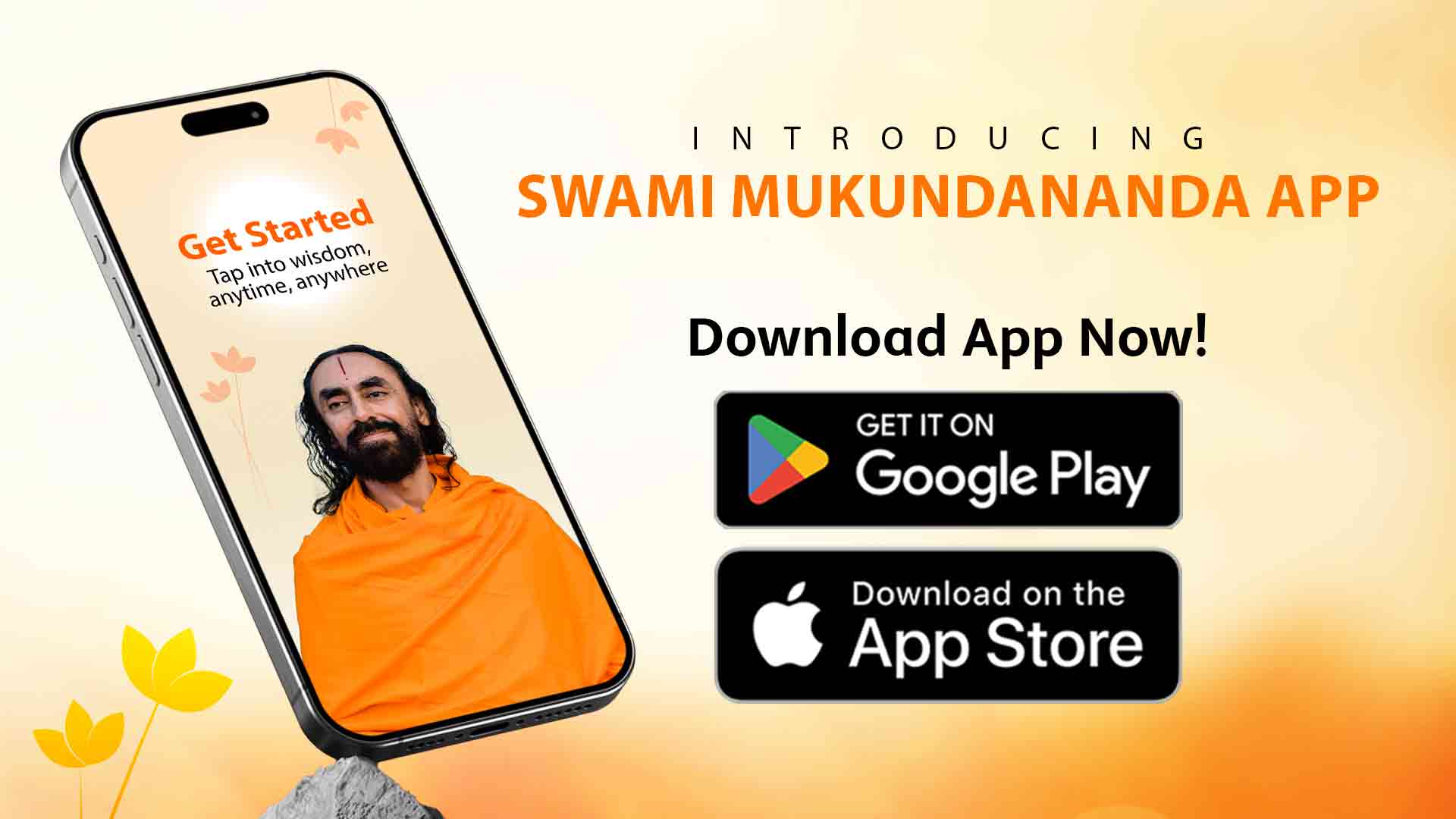


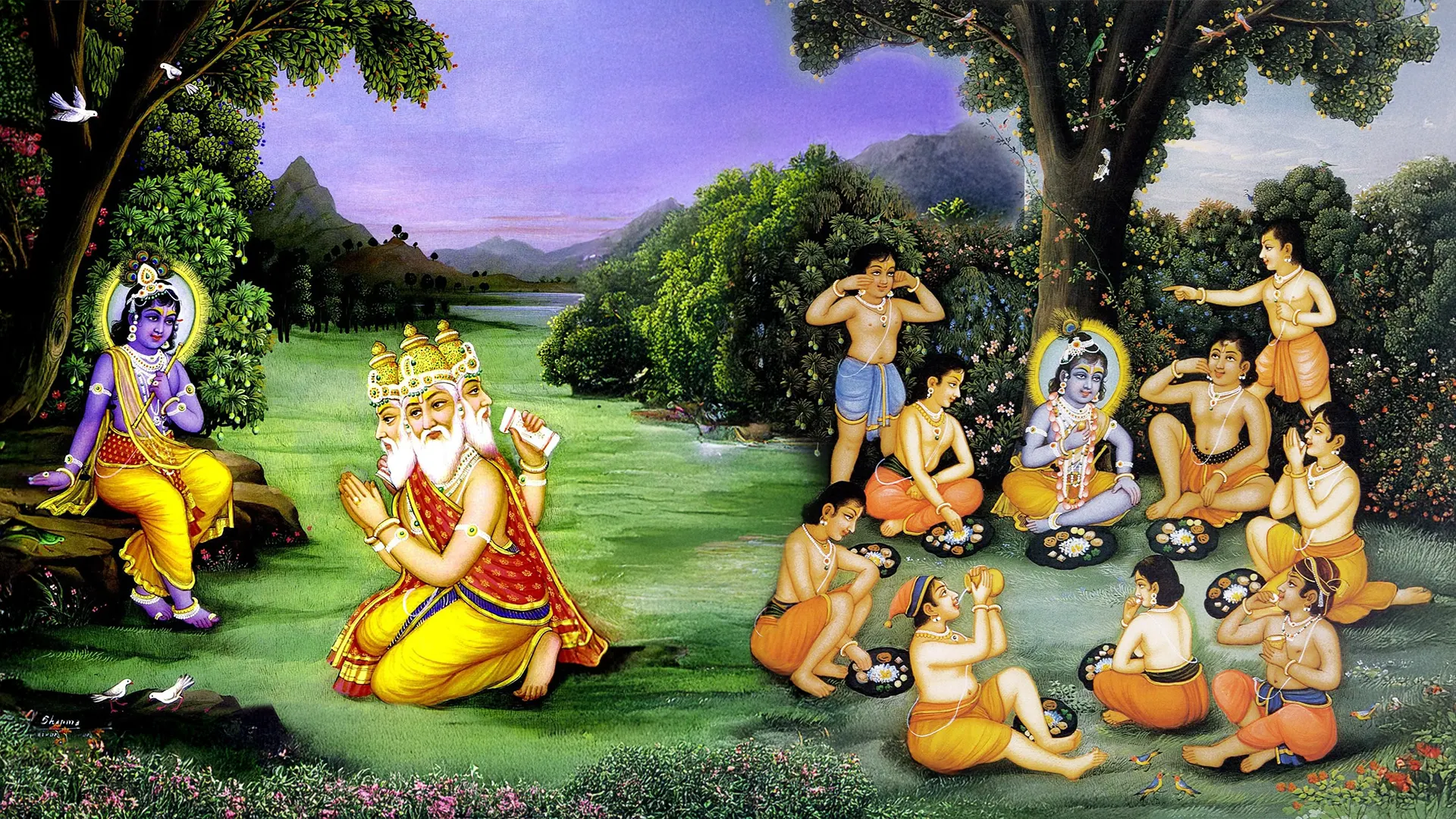
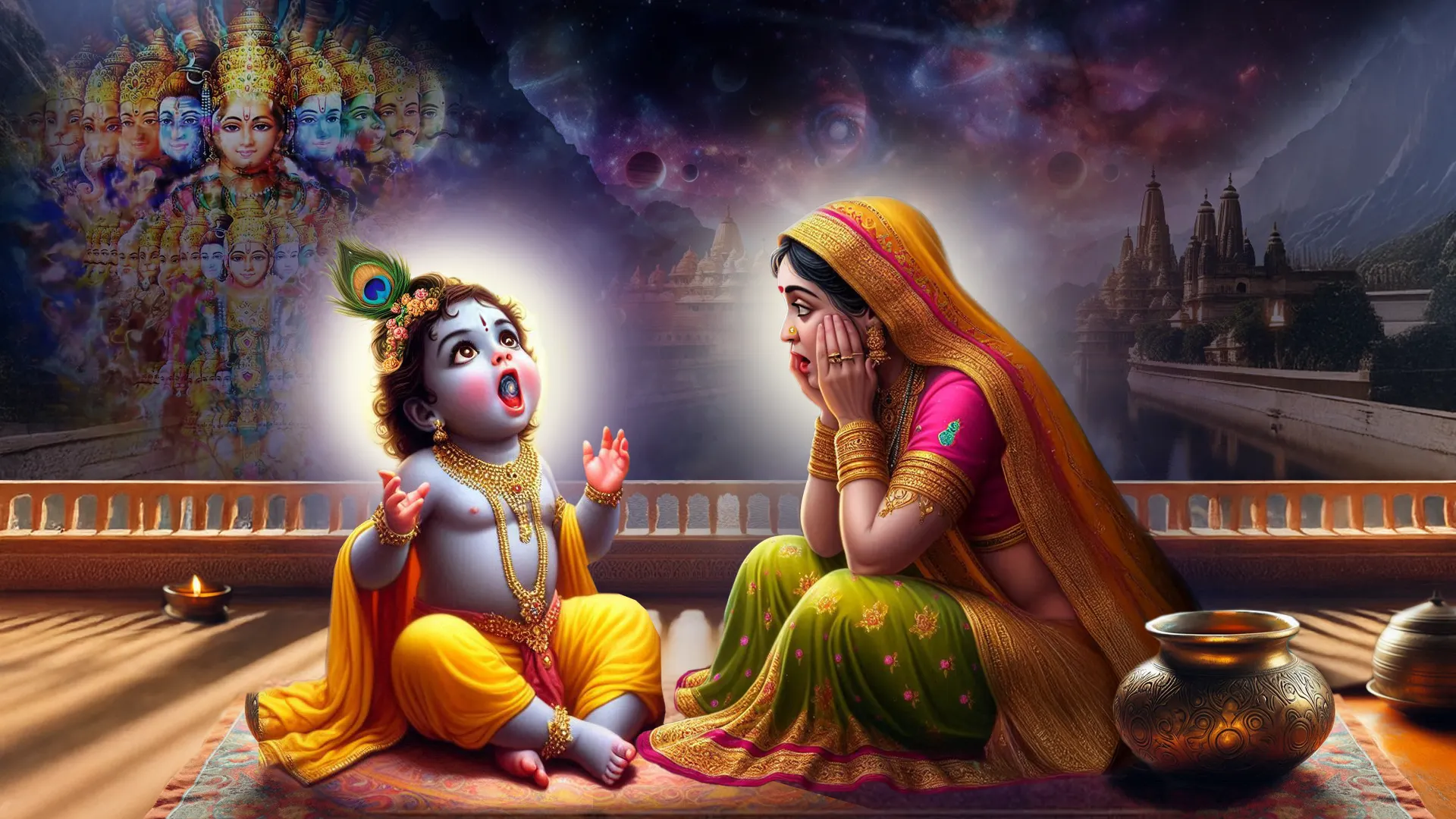
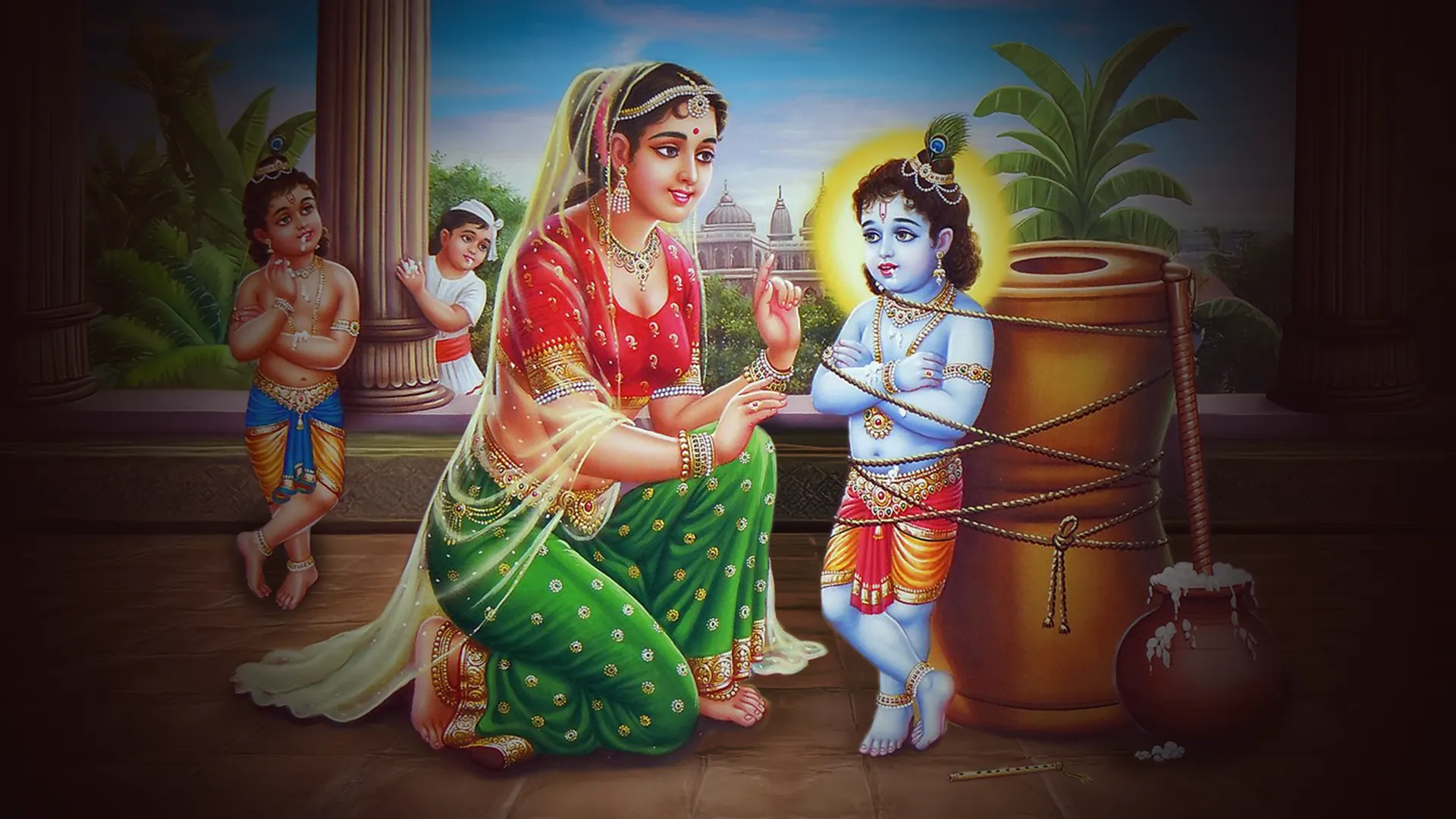
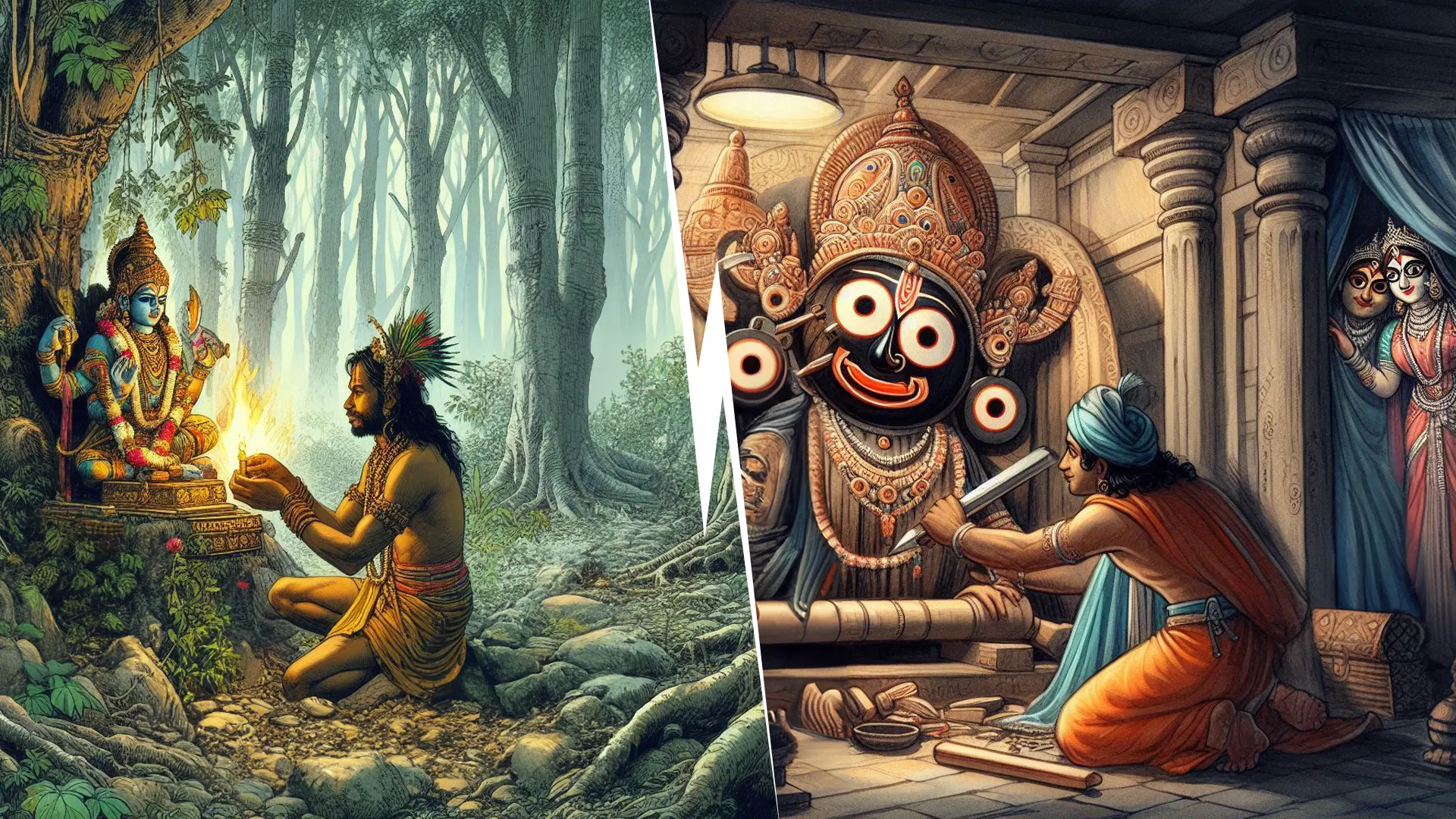
What our Participants say